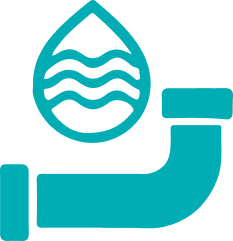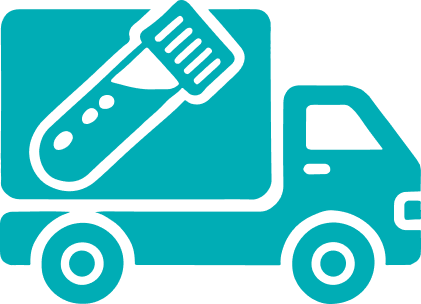Moisture Mapping Services
Moisture is the primary factor contributing to mold growth, structural damage, and indoor air quality issues. Identifying hidden moisture sources is crucial for effective mold prevention and remediation.

Moisture Mapping
Advanced detection and mapping of moisture-related issues.

Actionable Solutions
Customized strategies to resolve moisture concerns effectively.
"*" indicates required fields
What is Moisture Mapping?
Moisture mapping is a detailed process that identifies areas of elevated moisture in a property. It involves using specialized equipment to detect moisture levels in building materials and track the extent of water intrusion. The data collected during moisture mapping is used to create a visual representation (a ‘map’) of affected areas, helping to pinpoint hidden moisture sources that may not be visible to the naked eye.
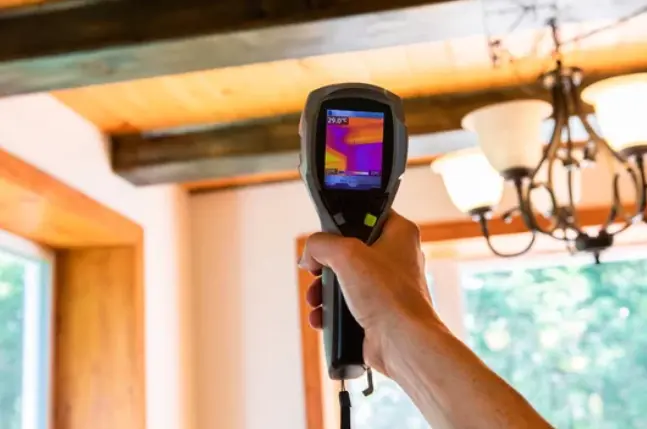
Why Moisture Mapping is Essential for Mold Inspection?
Moisture mapping plays a critical role in mold inspections for several reasons:
Identifying Root Causes
Mold thrives in damp environments. By pinpointing the sources of moisture, such as leaks, condensation, or poor drainage, moisture mapping helps address the underlying issues that lead to mold growth.
Preventing Future Problems
Early detection of hidden moisture allows for timely repairs, reducing the risk of mold proliferation and structural damage.
Ensuring Accurate Remediation
A precise moisture map ensures remediation efforts target all affected areas, minimizing the chance of recurring mold problems.
Compliance with Regulations
In states like NY and NJ, mold remediation must address moisture issues to comply with local health and safety regulations.
How the Moisture Mapping Process Works
At PITS Environmental, our moisture mapping process is thorough, efficient, and tailored to the unique needs of each property. Here’s how we do it:
Initial Assessment
We gather information about the property’s history, including any known water damage, leaks, or mold issues.
Visual Inspection
Our specialists perform a detailed walkthrough to identify visible signs of water intrusion, such as discoloration, peeling paint, or warped materials.
Advanced Moisture Detection
Using state-of-the-art equipment, we measure moisture levels in building materials, including walls, ceilings, floors, and structural components:
- Infrared Cameras: Detect temperature differences caused by moisture, providing a non-invasive way to locate hidden water damage.
- Moisture Meters: Measure the moisture content of materials such as drywall, wood, and concrete, giving precise data on affected areas.
- Hygrometers: Assess humidity levels in the air, which can indicate excessive moisture that fosters mold growth.
Data Analysis
We compile and analyze the data to create a moisture map, showing the extent and severity of moisture intrusion throughout the property.
Comprehensive Reporting
We provide a detailed report with visual moisture maps, findings, and recommendations for remediation or preventive measures.
How Our Reports Help Customers
Our moisture mapping reports provide invaluable insights to property owners and managers. Each report includes:
01
Visual Moisture Maps
Easy-to-understand diagrams highlighting affected areas and moisture levels.
02
Detailed Findings
A breakdown of the data collected, including moisture content, humidity levels, and potential causes of water intrusion.
03
Recommendations
Clear, actionable steps to address moisture issues, prevent mold growth, and protect the property.
04
Documentation for Insurance or Compliance
Reports can be used as supporting documentation for insurance claims, legal disputes, or regulatory audits.
Areas Typically Inspected During Moisture Mapping
Our moisture mapping services cover a wide range of areas to ensure a thorough assessment:

Walls and Ceilings
To detect water intrusion from leaks, condensation, or roof damage.

Flooring
Especially in basements and crawl spaces, where groundwater seepage or plumbing leaks are common.

Windows and doors
To identify seal failures or improper installation that allows water ingress.

HVAC Systems
To assess for condensation or leaks within ducts and equipment.

Bathroom and Kitchen Surfaces
High-moisture areas prone to plumbing leaks or improper ventilation.
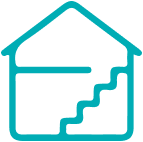
Basements and Crawl Spaces
Frequently affected by high humidity, seepage, or flooding.
Where Moisture Mapping is Commonly Used?
Moisture mapping is an essential service for many property types and situations:
Residential Properties: Homeowners benefit from identifying hidden leaks and ensuring their living spaces remain safe and healthy.
Commercial Properties: Businesses use moisture mapping to protect employees and customers, comply with safety regulations, and avoid costly downtime due to mold or structural issues.
Healthcare Facilities: Hospitals and clinics require moisture mapping to maintain high indoor air quality standards and protect vulnerable patients from mold exposure.
Real Estate Transactions: Buyers and sellers often request moisture mapping to ensure the property is free from hidden moisture issues, which could lead to disputes or unexpected repair costs.
Post-Water Damage Situations: Moisture mapping is crucial after flooding, leaks, or burst pipes to ensure all affected areas are properly dried and repaired.
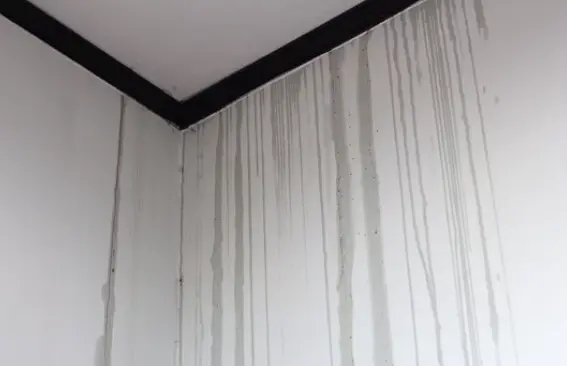
Why Choose PITS Environmental?

Accredited Expertise
Our lab meets stringent standards, ensuring accuracy and reliability.

Advanced Technology
We utilize state-of-the-art instruments for precise analysis.

Tailored Solutions
Testing services customized to your specific agricultural needs.

Fast Turnaround
Timely results to help you make critical decisions without delay.
Reliable Water and Air Quality Testing Services
Protect your environment with our specialized water and air quality testing solutions, offering comprehensive analysis to detect contaminants, convenient sample collection, and on-site testing for immediate results. Contact us today to schedule a consultation or on-site visit and take the first step toward a healthier, safer environment!
Frequently Asked Questions
What are the signs of a mold problem?
Common signs include a musty odor, visible mold growth, water stains, or persistent allergic reactions such as sneezing, coughing, and eye irritation when indoors.
What causes mold growth?
Mold typically grows in areas with high humidity or moisture, such as basements, bathrooms, kitchens, and poorly ventilated spaces. Leaks, flooding, or condensation can also contribute to mold growth.
How is a mold assessment conducted?
We begin with a visual inspection, followed by air and surface sampling to identify mold species and contamination levels. Moisture mapping and detailed reporting are also part of the process.
What should I do if mold is detected?
If mold is found, our detailed report will provide recommendations for remediation. It’s crucial to address the source of moisture and consult professional remediation services to eliminate mold safely.
How often should I have a mold assessment?
We recommend assessments during property purchases, after water damage, or when signs of mold are evident. For high-risk properties or environments, annual checks are advisable.
Is mold testing necessary if I can see mold?
Yes, testing can identify the type and concentration of mold, which helps in determining the severity of the problem and the best remediation approach.
How long does the mold assessment process take?
The assessment typically takes 2-4 hours, depending on the property size and complexity. Results from mold testing are usually available within 3-5 business days.
Do you provide mold remediation services?
No, we specialize in assessment and testing. However, we can recommend trusted professionals for remediation.
Request a Test or Consultation
Your Environment, Our Priority – Fill out the form below, and our team will get back to you as soon as possible.
"*" indicates required fields

